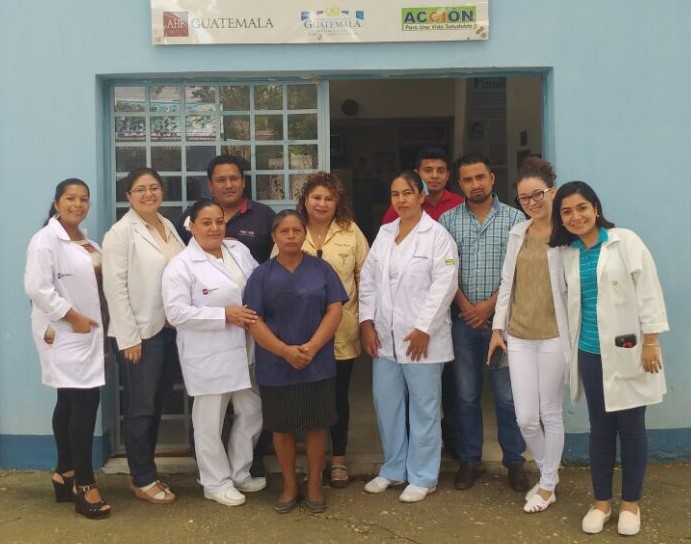
Research paper reveals non-culture testing for histoplasmosis, cryptococcosis and TB in AIDS is far more sensitive than microscopy or culture
In a research paper published today in the prestigious journal AIDS, Narda Medina and colleagues from the Global Action Fund for Fungal Infections (GAFFI) and Asociacion de Salud Integral, Guatemala City evaluated the diagnostic performance of multiple tests for the most common life-threatening infections. They make detailed testing suggestions for other laboratories. These infections include disseminated histoplasmosis and cryptococcosis and tuberculosis (TB). Over 2 years, 716 out of 4,245 patients had one or more of these infections.
Very few multiple-pathogen diagnostic comparisons have been published in AIDS or other immunocompromised groups. This very large dataset of both modern and conventional microscopy and culture shows the value of the non-culture based tests (see table). Antigen and PCR testing are also much quicker than culture for Histoplasma capsulatum and Mycobacterium tuberculosis.
| Test | Diagnostic sensitivity | ||
| Histoplasmosis (n=271) | TB (n= 290) | Cryptococcosis (n=170) | |
| Sputum microscopy | Not done | 14% | Not done |
| Culture (sputum/CSF) | 9% | 38% | 44% |
| Blood culture (Isolator) | 36% | 9% | 15% |
| PCR | 63% | 93% | Not done |
| Urine antigen | 72% | Not done | Not done |
| Serum antigen | Not done | Not done | 100% |
Cryptococcal antigen performed excellently and 33% of all cerebrospinal fluids were only positive with antigen. Combinations of tests yielded the final diagnosis for histoplasmosis – urine antigen and blood culture was 100% sensitive. For TB, sputum culture and PCR were together also 100% sensitive. Overall 8.6% of patients had multiple infections.
Professor Juan Luis Rodriguez Tudela, who supervised the project on behalf of GAFFI, said:
“Validated commercial antigen tests, as used in this program, should be the new gold standard for histoplasmosis and cryptococcosis diagnosis, as emphasised in WHO and PAHO guidelines. In their absence, 35% of disseminated histoplasmosis and 32.7% of cryptococcal meningitis cases would have been missed.”
The authors make several practical suggestions for laboratories:
- Antigen detection techniques are the current gold standard for diagnosing cryptococcosis and disseminated histoplasmosis and should be available in every single laboratory dealing with opportunistic infections in PLWH.
- Although culture is insensitive for both Mycobacteria and fungi it should be done to recover microorganisms for proper identification, susceptibility testing, and typing.
- Isolator blood culture has a low sensitivity but is useful for growing Histoplasma and should be done if antigen is positive.
- There is no commercial Histoplasma PCR and although it performed well, a clear recommendation requires more data in localized histoplasmosis.
- As the sensitivity of direct microscopy for acid-fast bacilli to diagnose TB is very low, laboratories should evaluate the usefulness of this technique, considering their available workforce.
- In accordance with most international guidelines, TB PCR has a good sensitivity, delivers results in a short time and is a key component of diagnosis for TB.
Link to paper: https://journals.lww.com/aidsonline/Abstract/2020/09010/Comparative_performance_of_the_laboratory_assays.6.aspx